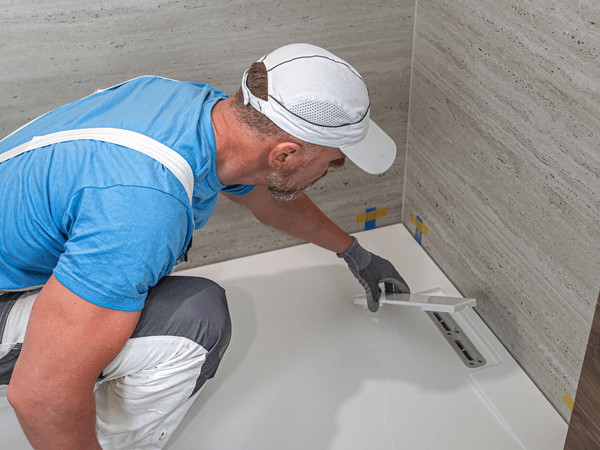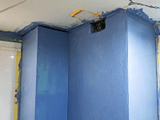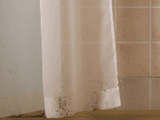Shower Repairs & Bathroom Renovations in Canterbury
Shower and bathroom services in Canterbury
Our team provides reliable shower repairs, waterproofing, and bathroom renovations throughout Canterbury and Melbourne's eastern suburbs. We deliver lasting results for leaking showers, cracked bases, and full bathroom remodels.
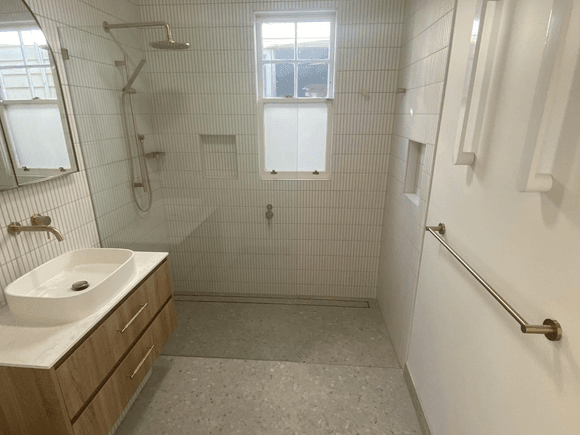

Shower base repairs Canterbury
Damage to your shower base needs attention before it worsens. We repair shower bases using proven techniques that prevent further deterioration and protect your bathroom from water damage.
Shower tile repairs in Canterbury
Cracked, loose, or damaged shower tiles need immediate attention. We repair and replace shower tiles with proper waterproofing. Stop leaks and restore your shower's appearance.
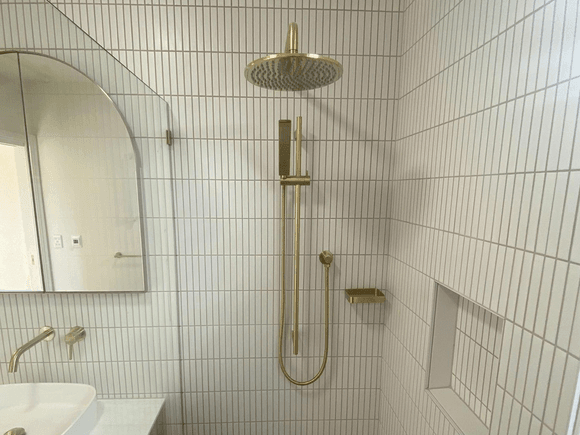

Bathroom plumbing and renovation in Canterbury
Upgrade bathroom plumbing during your renovation. We relocate pipes, install new fixtures, and ensure proper drainage. Renovation projects with plumbing done right.
Great work on unit shower
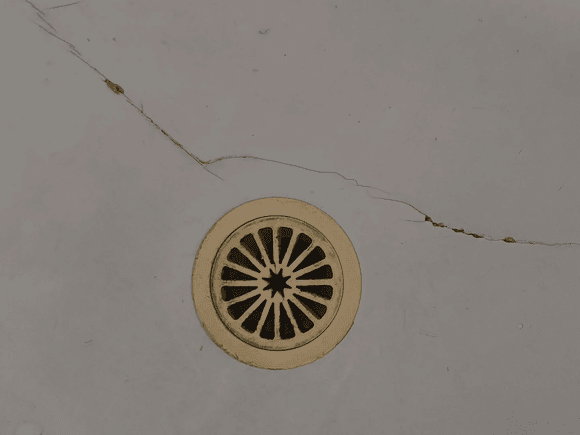
Frequently Asked Questions
How long does a shower base repair take in Canterbury?
What's the difference between a shower repair and a full bathroom renovation in Canterbury?
Can a cracked shower base be repaired without removing tiles in Canterbury?
How much does it cost to fix a leaking shower in Canterbury?
Do you service all areas of Canterbury including apartments and units?
What causes shower bases to crack and leak in Canterbury homes?
How long do shower base repairs last in Canterbury?
Can you repair fiberglass, acrylic, and stone shower bases in Canterbury?
What are the signs I need a shower repair in Canterbury?
Is shower repair better than replacement for Canterbury homes?
About Canterbury 3126
Canterbury is one of Melbourne's most prestigious and historic suburbs, located about 10 kilometres east of the CBD in the City of Boroondara. It's known for its grand heritage homes, leafy streets, and peaceful residential character.
Local landmarks
- Maling Road Village
- Canterbury Gardens
- Canterbury Railway Station
- Canterbury Girls' Secondary College
Local history
Canterbury's development dates back to the mid-19th century, when the area was largely farmland on the outskirts of Melbourne. Before European settlement, the land was part of the traditional territory of the Wurundjeri Woi Wurrung people. In the 1850s, with the expansion of rail transport and the subdivision of large estates, Canterbury began its transformation into an exclusive residential area.
The opening of Canterbury Railway Station in 1882 was a defining moment in the suburb's history. It provided an easy connection to the city, encouraging wealthy Melburnians to build large houses on generous blocks. Streets such as Mont Albert Road and Canterbury Road became lined with stately Victorian and Edwardian homes, many of which remain beautifully preserved. The suburb's layout was influenced by English garden suburb principles, favouring wide, tree-lined avenues and landscaped gardens.
By the early 1900s, Canterbury had firmly established its reputation as one of Melbourne's elite addresses. The suburb attracted professionals, politicians, and business leaders who sought tranquility close to the city. Prominent local landmarks such as the Maling Road shopping village emerged during this period, offering boutique shops, cafes, and services that continue to define the area's charm today.
Maling Road, with its Victorian-era architecture and small-town atmosphere, became a cultural and social hub. It was complemented by the development of local schools, churches, and recreation grounds. Canterbury Girls' Secondary College, established in 1928, became one of the leading educational institutions in the region.
After World War II, Canterbury maintained its exclusive status. Many older homes were restored rather than replaced, preserving the suburb's historic streetscape. While neighbouring suburbs saw modern infill and apartment developments, Canterbury retained its character as a low-density residential area with a strong heritage focus.
In the late 20th and early 21st centuries, property prices in Canterbury surged, reflecting ongoing demand for its quiet environment and architectural beauty. The suburb's green spaces, such as Canterbury Gardens and Boroondara Park, contribute to its relaxed and family-friendly lifestyle.
Today, Canterbury remains synonymous with prestige and preservation. It represents one of Melbourne's best examples of heritage suburbia—where historic charm meets modern convenience. With a population of over 8,000, it's a small but highly desirable part of the city's eastern corridor.
